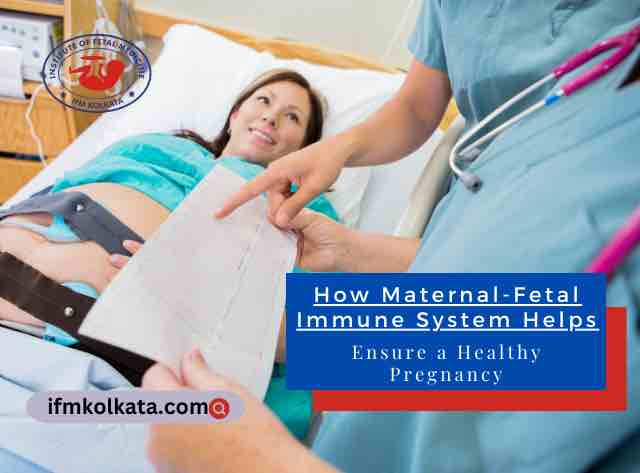Bringing multiple lives into the world is a journey marked by unique challenges and extraordinary joys. Expectant parents of twins and triplets embark on a path filled with anticipation, wonder, and, at times, a bit of apprehension. In this adventure, the significance of specialized antenatal care cannot be overstated—it is the compass that guides the optimal development of each fetus, ensuring a healthy and thriving outcome for both mother and babies.
Understanding the Dynamics of Multiple Pregnancies
Multiple pregnancies come in various forms, from the pairing of twins to the triad of triplets. It’s crucial to understand the distinctions between these dynamics to tailor care appropriately. Twins can be identical or fraternal, and triplets further add complexity to the mix. The genesis of multiple pregnancies is equally diverse, ranging from spontaneous conception to assisted reproductive technologies. Recognizing these dynamics lays the foundation for targeted and effective antenatal care.
Significance of Antenatal Care for Multiples
In the realm of multiple pregnancies, antenatal care takes center stage. Its heightened importance stems from the need to monitor not just one, but multiple developing fetuses. Regular check-ups become a lifeline, offering invaluable insights into the growth and well-being of each baby. Ultrasounds, a frequent companion in this journey, provide a visual narrative of the unfolding miracle, guiding healthcare providers in ensuring that each fetus thrives within the womb.
Nutrition and Lifestyle Considerations
Adequate nutrition is paramount in supporting the development of multiples. Expectant mothers carrying twins or triplets have distinct nutritional needs that must be met to nurture each fetus adequately. Beyond nutrition, maintaining a healthy lifestyle becomes crucial. Appropriate exercise, ample rest, and stress management contribute to an environment conducive to optimal fetal development, ensuring that each baby receives the care and attention it deserves.
Hydration Matters: Stay adequately hydrated, especially crucial in multiple pregnancies to support amniotic fluid levels and maternal well-being.
Balanced Diet for Multiples: Consume a well-balanced diet with a variety of nutrients, including leafy greens, lean proteins, and whole grains, to provide essential support for fetal development.
Supplementation Guidance: Consider nutritional supplements like folic acid, iron, and calcium to prevent deficiencies; consult with a healthcare provider for personalized recommendations.
Meal Frequency and Portions: Opt for smaller, frequent meals to alleviate common issues like heartburn and indigestion. Emphasize mindful eating, focusing on nutrient-dense foods to meet the increased nutritional demands of multiple pregnancies.
Special Considerations for Gestational Diabetes:
Acknowledge the elevated risk of gestational diabetes in multiple pregnancies. Provide dietary recommendations to manage blood sugar levels and reduce the risk of complications.
Healthy Weight Gain Goals: Set appropriate weight gain goals for mothers expecting twins or triplets. Stress the importance of gradual, steady weight gain to support the health of both the mother and the fetuses.
Exercise Guidelines: Incorporate safe and moderate exercise to maintain overall health during a multiple pregnancy. Recommend consulting with a healthcare professional before starting any new exercise regimen.
Rest and Stress Management: Recognize the significance of sufficient rest and sleep for maternal and fetal well-being. Introduce stress management techniques such as meditation or prenatal yoga to promote emotional well-being during this unique journey.
Addressing these nutrition and lifestyle considerations empowers expectant mothers of twins and triplets to make informed choices. By creating an environment that supports optimal fetal development while prioritizing their well-being, these mothers contribute to the health and vitality of each individual fetus within the unique context of a multiple pregnancy.
Common Complications and Their Management
Multiple pregnancies bring an increased risk of complications, from preterm labor to the intricate challenges of twin-to-twin transfusion syndrome (TTTS). Acknowledging these potential hurdles is the first step in their effective management. Antenatal care equips healthcare professionals with the tools to identify complications early on and implement preventive measures or interventions, fostering an environment where potential issues are addressed proactively.
Delivery Options and Timing
As the journey nears its climax, decisions regarding delivery options become pivotal. Factors influencing the choice between vaginal delivery and cesarean section are carefully considered, taking into account the well-being of both the mother and the babies. The timing of delivery is equally critical, striking a balance between allowing the fetuses to mature adequately and ensuring the health and safety of everyone involved.
Postpartum Care and Beyond
The arrival of twins or triplets signals a new chapter, with unique challenges. Our postpartum support ensures thoughtful care for both mother and infants, seamlessly continuing from antenatal care through the initial weeks and beyond.
Specialized antenatal care is key for a healthy journey in multiple pregnancies. From dynamics and nutrition to complications and delivery, our unwavering commitment ensures the best outcomes for both mother and fetuses.










